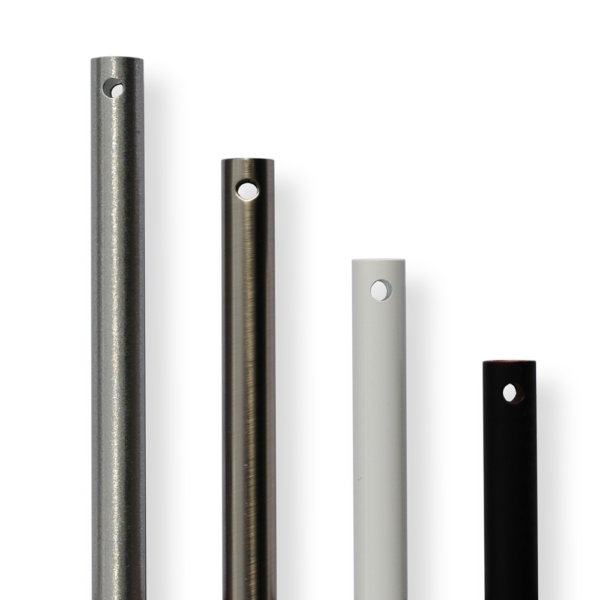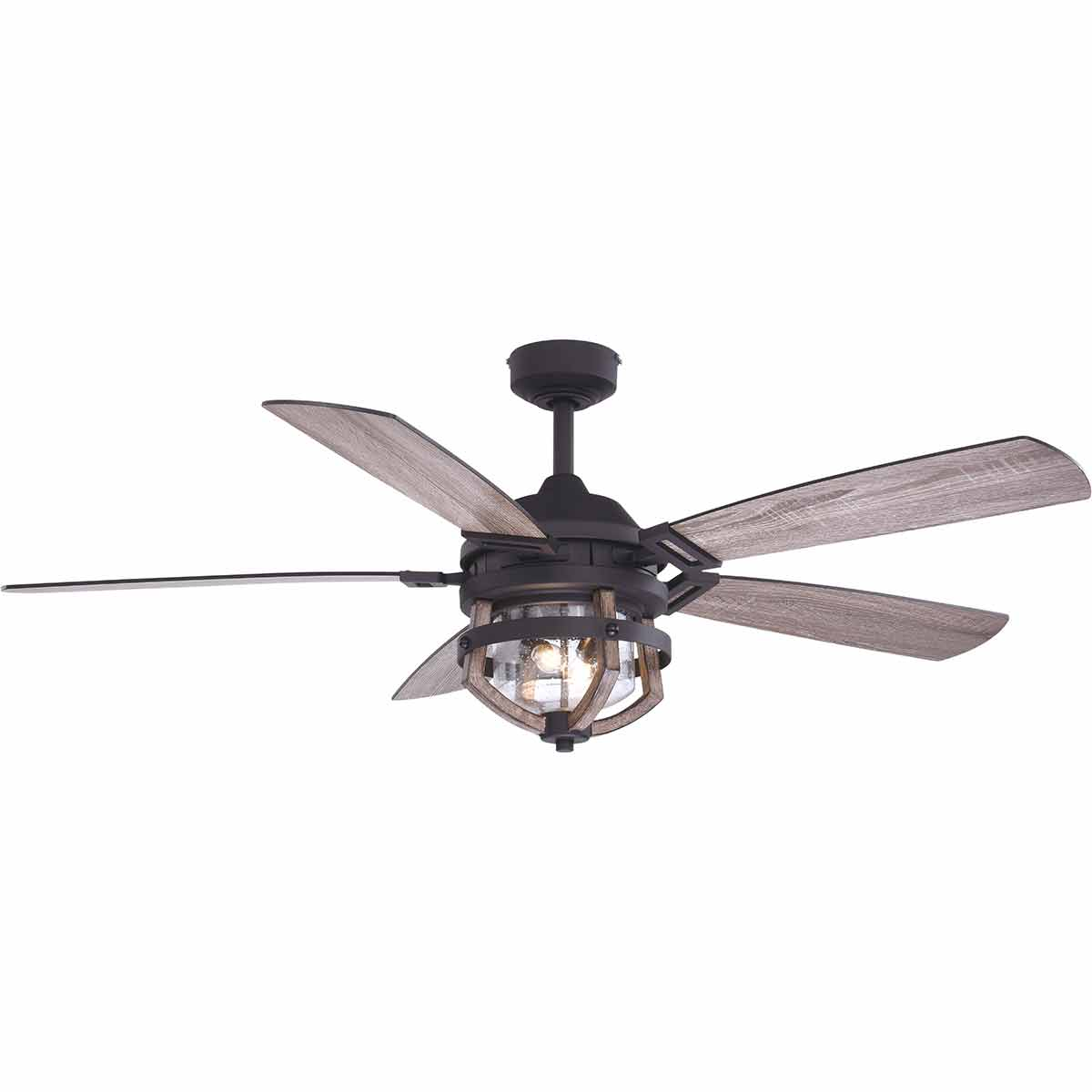The seasons are changing again and it’s time to make an upgrade to your home. We’re not talking about the kind of home improvement project that requires a contractor or some sort of DIY expertise. We’re talking about the most practical appliance one can install in a home: the unassuming ceiling fan. While ceiling fans come in a variety of styles, different numbers of blades, and various appearances, there’s one particular type of fan that’s in style right now known as a rustic fan.
It’s practical, good-looking, and well worth the investment. What could be better than installing a gorgeous and useful ceiling fan in your home? Check out our quick guide to these incredible ceiling fans below to decide if you want to take the plunge and get one for your place this summer.
What Is A Rustic Ceiling Fan?
It’s fairly likely that as you’ve been shopping for/researching ceiling fans that you’ve come across various terms referring to the fan’s style. Terms like modern, traditional, casual, tropical, nautical, caged, farmhouse and rustic all come up during the course of a search. So what is a rustic ceiling fan, anyway? The term “rustic” merely refers to how the ceiling fan is made, its material composition, and the style in which it is crafted.
Rustic fans are typically associated with lodges, cabins, and other countryside locales but they’re ideal for most homes. These fans feature primarily wooden construction, though some metal may be incorporated to enhance the design. Rustic fans provide a natural look for a room, with all the features of a more modern style.
Why You Should Put One In Your Home
The simple answer is because they’re perfect for both interior and exterior applications. But a more detailed explanation lies in how well they complement your home’s decor and improve airflow within the room. Ceiling fans work by moving the air around to create a wind chill effect. They can also be energy efficient.
Look for a fan with a high CFM (cubic feet per minute) rating. CFM measures the amount of air the fan typically moves around. Higher airflow with a smaller energy expenditure. Pitched blades enable better airflow, while motors are engineered to operate safely, quietly, and efficiently. For outdoor spaces, they move air around and help keep things cool.
Consider Your Home’s Aesthetics
When choosing a new ceiling fan, it’s never inappropriate to consider how it’s going to fit in with the overall decor of your home. Rustic ceiling fans fit in well with just about any room, but are probably best in the living room or den. These fans can be customized with LED lighting to provide illumination to other rooms in the home as well. Compare the interior design aesthetics in your home to the different types of rustic fans that are available and select one that complements your own decorative preferences. You’ll be glad you did.
Room Size And Location Are Important
One of the most important parts of getting a ceiling fan is understanding how the size of the room, the location (indoor or outdoor), and the diameter of the fan all work in conjunction with each other. Fans can be too large or small for a room. That’s why measuring the space and getting the right size fan and type of mount are so essential.
Consider the square footage of the room to determine the size of the fan. If the room is up to 75 ft.², then a 36 inch diameter or smaller fan is a reasonable selection. Up to 144 ft.² you want to go with the range between 36 and 42 inches diameter. Four Rooms 225 ft.² you need to go much larger than that at around 50 to 54 inches diameter.
Any room larger than that – or room with a higher ceiling – will require a much larger/ oversized fan or more than one ceiling fan. Meticulous Measurements and understanding how fan size correlates to room size will help you avoid making errors in this department while increasing your enjoyment of your ceiling fan.
Understand The Different Mounts And Downrods

One integral aspect of installing a new ceiling fan is understanding how it mounts to your ceiling. Once again, room size is crucial to this step of the process. If the room is smaller and has a lower ceiling (less than eight feet), then a hugger/low-profile/flush mount — a type of mount that does not have download and essentially hugs the ceiling — is a sensible choice.
If the room is larger (with a ceiling higher than eight feet), then you will need a downrod. Downrods are unique mounts that consist of a metal tube on which the ceiling fan is mounted to the ceiling. They increase the stability of the fan and effectively reduce wobbling, so you don’t have to worry about instability while the fan operates. Downrods come in various sizes from 6″ – 60″ for ceilings between 9 to 15 feet high. The importance of selecting the proper mount can’t be overstated and should be at the top of the list of criteria for finalizing the decision.






